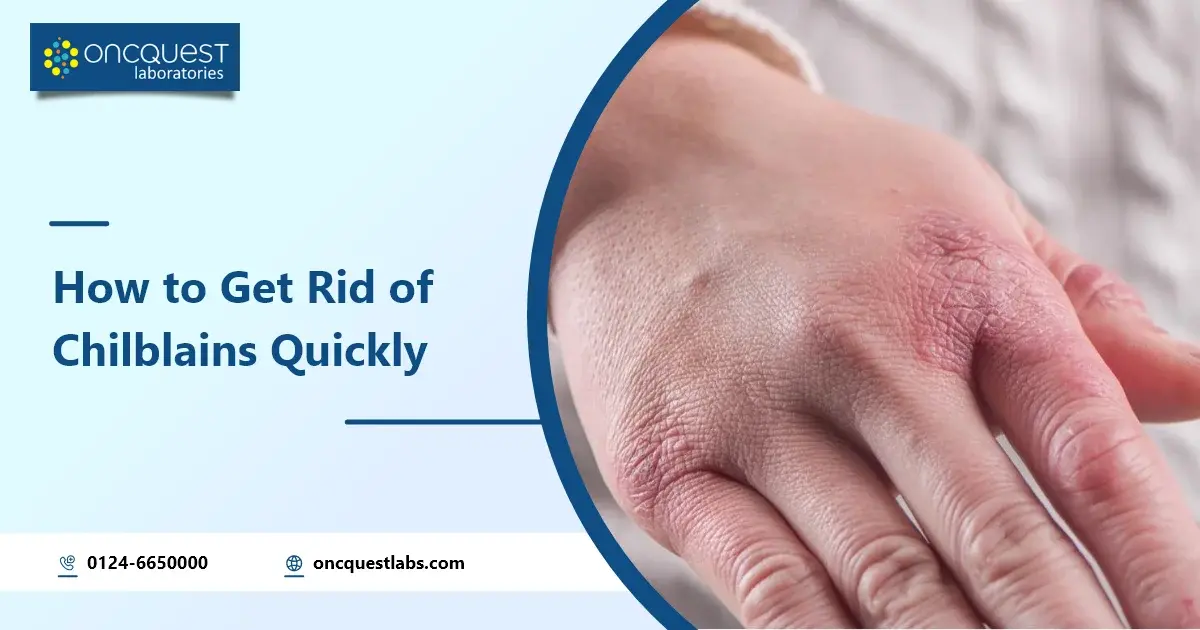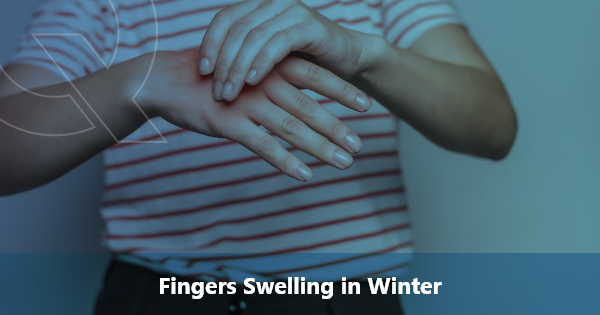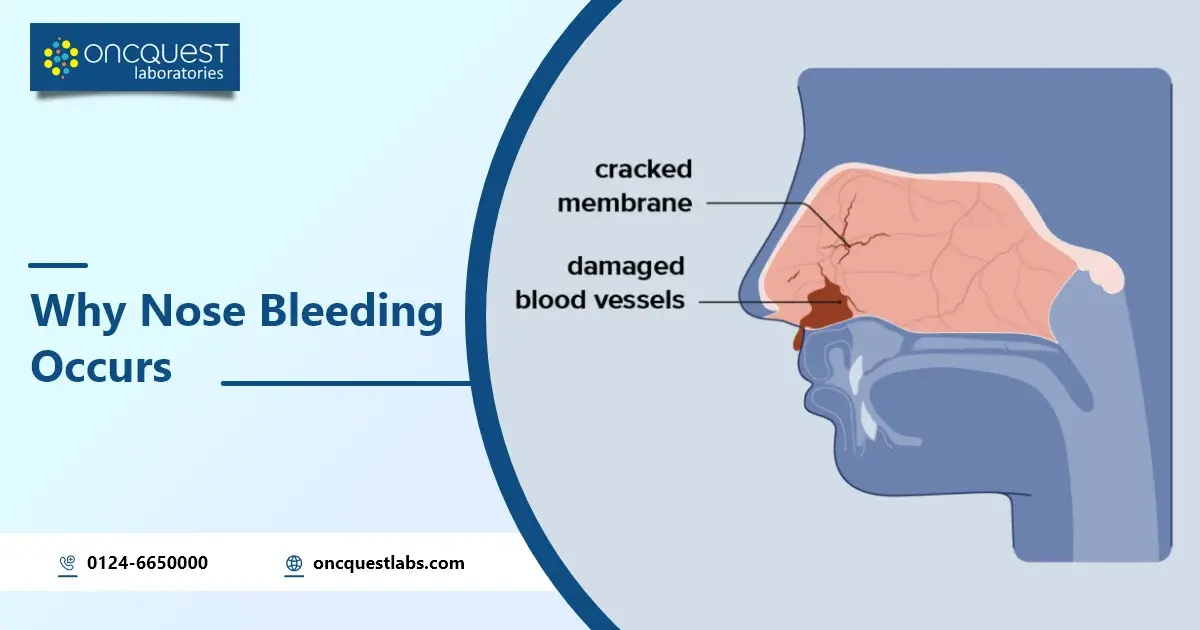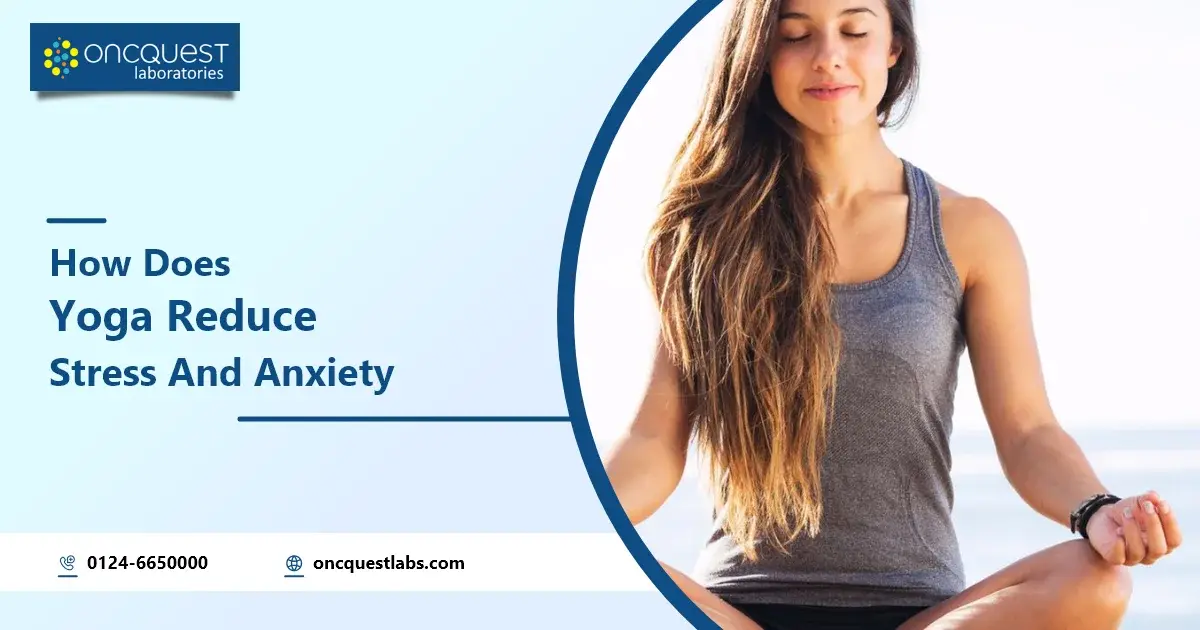Chilblains, also known as pernio or cold sores, are a painful and uncomfortable skin condition that occurs in response to cold temperatures. These small, itchy, and sometimes blister-like formations on the skin are often seen in individuals who are exposed to cold and damp conditions. Chilblains primarily affect the extremities, including fingers, toes, ears, and even the nose. They can be both uncomfortable and unsightly, leading individuals to seek effective ways to alleviate their symptoms and get rid of chilblains as quickly as possible.
Contents
What are Chilblains
Chilblains, also known as pernio or cold sores, are a medical condition that primarily affects the skin. They are typically small, itchy, and sometimes blister-like formations that develop on the skin in response to cold temperatures. Chilblains are a localized inflammatory response of the skin to cold exposure. They occur when small blood vessels in the skin constrict in response to cold, and then rapidly dilate when the affected area is rewarmed. This sudden change in blood flow can lead to inflammation, swelling, redness, and discomfort.
Chilblains often affect the extremities, such as the fingers, toes, ears, and nose, where the skin is more exposed to the cold. The exact cause of chilblains is not fully understood, but they are more likely to occur in individuals with poor circulation or those who experience repeated exposure to cold and damp conditions.
Common symptoms of chilblains include itching, redness, swelling, and sometimes a burning or painful sensation. In more severe cases, chilblains can lead to the formation of blisters, which can be prone to infection. Chilblains can be both uncomfortable and unsightly, and they may prompt individuals to seek ways to alleviate their symptoms and get rid of chilblains quickly, as discussed in the previous responses.
Symptoms of Chilblains
The symptoms of chilblains can vary from person to person, but they often include the following:
1. Itching: Chilblains are known for causing intense itching, which can be quite bothersome and uncomfortable.
2. Redness: The affected area of the skin typically appears red or purplish, indicating an inflammatory response.
3. Swelling: Chilblains can cause significant swelling and puffiness in the affected skin.
4. Burning or Pain: Many individuals with chilblains experience a burning or painful sensation in the affected area, which can range from mild to more severe discomfort.
5. Skin Discoloration: In addition to redness, the skin affected by chilblains can sometimes develop a bluish or purplish hue.
6. Blisters: In more severe cases, chilblains can lead to the formation of small blisters on the skin. These blisters may be filled with fluid and can be prone to infection if they burst.
7. Tenderness: The skin affected by chilblains can become tender to the touch, making it sensitive to pressure or friction.
It’s essential to note that chilblains typically occur in response to cold exposure and often affect the extremities, such as fingers, toes, ears, and nose. The symptoms can vary in severity, and they may be more pronounced in individuals with poor circulation or those who are repeatedly exposed to cold and damp conditions. If you experience persistent or severe symptoms of chilblains, it’s advisable to consult a healthcare professional for proper evaluation and management.
How to get rid of chilblains fast: Effective treatment
To get rid of chilblains quickly, you can follow these effective treatments:
1. Keep Warm:
The first and most important step is to prevent chilblains from worsening. Dress warmly, especially in cold weather. Layer your clothing and wear gloves and warm socks to protect your extremities.
2. Warm Soaks:
To alleviate the discomfort of chilblains, try soaking the affected area in warm (not hot) water for 15-20 minutes. This can help improve circulation and reduce swelling.
3.Avoid Rapid Temperature Changes:
Abrupt changes from extreme cold to warmth can exacerbate chilblains. Be cautious when entering heated environments after being outside in the cold.
4. Use Calendula Cream:
Calendula cream, known for its anti-inflammatory properties, can be applied topically to chilblains. It may help reduce itching and swelling.
5. Aloe Vera Gel:
Aloe vera is another soothing option. Apply aloe vera gel to the affected area to alleviate the discomfort and promote healing.
6. Over-the-Counter Creams:
Certain over-the-counter creams, like hydrocortisone, may help reduce inflammation and itching associated with chilblains. Consult a pharmacist or healthcare professional for recommendations.
7. Massage:
Gently massaging the affected area can improve blood circulation, which can be helpful in reducing chilblains.
8. Keep Skin Dry:
Make sure the affected area remains dry to prevent further irritation. Moisturize the skin to prevent cracking, but avoid excessive moisture.
9. Medical Consultation:
If your chilblains persist or worsen, it’s essential to consult a medical professional. They may prescribe medications or recommend specific treatments.
10. Prevention:
Preventing chilblains is the best way to get rid of them quickly. Protect yourself from extreme cold, wear appropriate clothing, and take precautions to avoid this uncomfortable condition.
Diseases same as chilblains
There are other skin conditions and diseases that share some similarities with chilblains, including:
1. Frostbite: Frostbite is a cold-related injury that can cause skin and underlying tissues to freeze, leading to damage. It can be more severe than chilblains.
2. Raynaud’s Disease: Raynaud’s is a condition where blood vessels in the fingers and toes spasm in response to cold or stress, causing reduced blood flow and color changes in the skin.
3. Erythromelalgia: This is a rare condition characterized by episodes of burning pain, redness, and swelling in the extremities, often triggered by warmth and exercise.
4. Peripheral Arterial Disease (PAD): PAD is a circulatory disorder that leads to reduced blood flow to the limbs, causing symptoms like cold extremities and pain during walking.
5. Fingers Swelling in Winter: Swollen fingers during winter can be a common occurrence, often due to cold-induced vasoconstriction. When exposed to cold temperatures, blood vessels in the fingers constrict, which can lead to swelling and discomfort as blood flow is temporarily reduced. Wearing warm gloves and gradually warming up your hands can help alleviate this condition.
These conditions can share some similarities with chilblains, but they have distinct characteristics, causes, and treatments. If you suspect you have any of these conditions or experience symptoms similar to chilblains, it’s important to consult a healthcare professional for a proper diagnosis and guidance.
What to Avoid During Chilblains
During chilblains, it’s essential to avoid certain practices and conditions that can exacerbate your symptoms or slow down the healing process. Here are some things to avoid:
1. Excessive Cold Exposure: Try to minimize exposure to cold and damp conditions. Protect your extremities by wearing appropriate clothing, gloves, and warm socks.
2. Hot Water: Avoid using hot water to warm up chilblain-affected areas. Hot water can cause additional irritation and damage to the skin.
3. Scratching: As tempting as it may be to relieve itching, avoid scratching chilblains. Scratching can break the skin, potentially leading to infection and longer healing times.
4. Tight Footwear or Gloves: Avoid wearing tight shoes, boots, or gloves that can constrict blood flow to the affected areas. Choose comfortable, well-fitting clothing that allows proper circulation.
5. Tobacco and Caffeine: These substances can constrict blood vessels and reduce circulation. Reducing or avoiding them can be beneficial for your overall vascular health.
6. Excessive Heat Indoors: While it’s important to keep warm, avoid excessive heating indoors, which can lead to temperature shock when moving between indoor and outdoor environments.
7. Sudden Temperature Changes: Be cautious about abrupt transitions from cold to warmth. Allow your body to adapt gradually to temperature changes to prevent exacerbating chilblains.
8. Overheating: Avoid overheating your body, as it can lead to sweating. Wet skin can be more sensitive to temperature changes and further irritation.
9. Ignoring Medical Advice: If your chilblains persist or worsen, do not neglect seeking medical advice. Consulting a healthcare professional is crucial to determine the best treatment for your specific condition.
By avoiding these practices and conditions, you can better manage your chilblains and help speed up the healing process. Prevention and proper care are key to dealing with chilblains effectively.
Conclusion
Chilblains can be painful and bothersome, but with proper care and attention, you can get rid of them quickly. By following the tips and remedies outlined in this blog, you can alleviate discomfort and promote faster healing. Remember that prevention is the key to avoiding chilblains in the first place, so take measures to stay warm and protect your skin during cold weather.
Frequently asked Questions
Q1: How do you heal chilblains fast?
A1: Chilblains frequently improve without intervention within one to two weeks. Soothing lotions like calamine or witch hazel can alleviate itching, and your pharmacist may suggest a suitable product. However, if you have severe or recurring chilblains, it’s advisable to consult your GP.
Q2:What makes chilblains worse?
A2: Chilblain symptoms worsen when exposed to sudden temperature changes, such as coming indoors from the cold or attempting to rapidly warm cold feet using a heater or hot water bottle, which can further aggravate the condition.
Q3: Why am I suddenly getting chilblains?
A3: Chilblains can be linked to factors like inadequate circulation, a family history of the condition, regular exposure to cold, damp, or drafty environments, and suboptimal dietary habits or low body weight.





